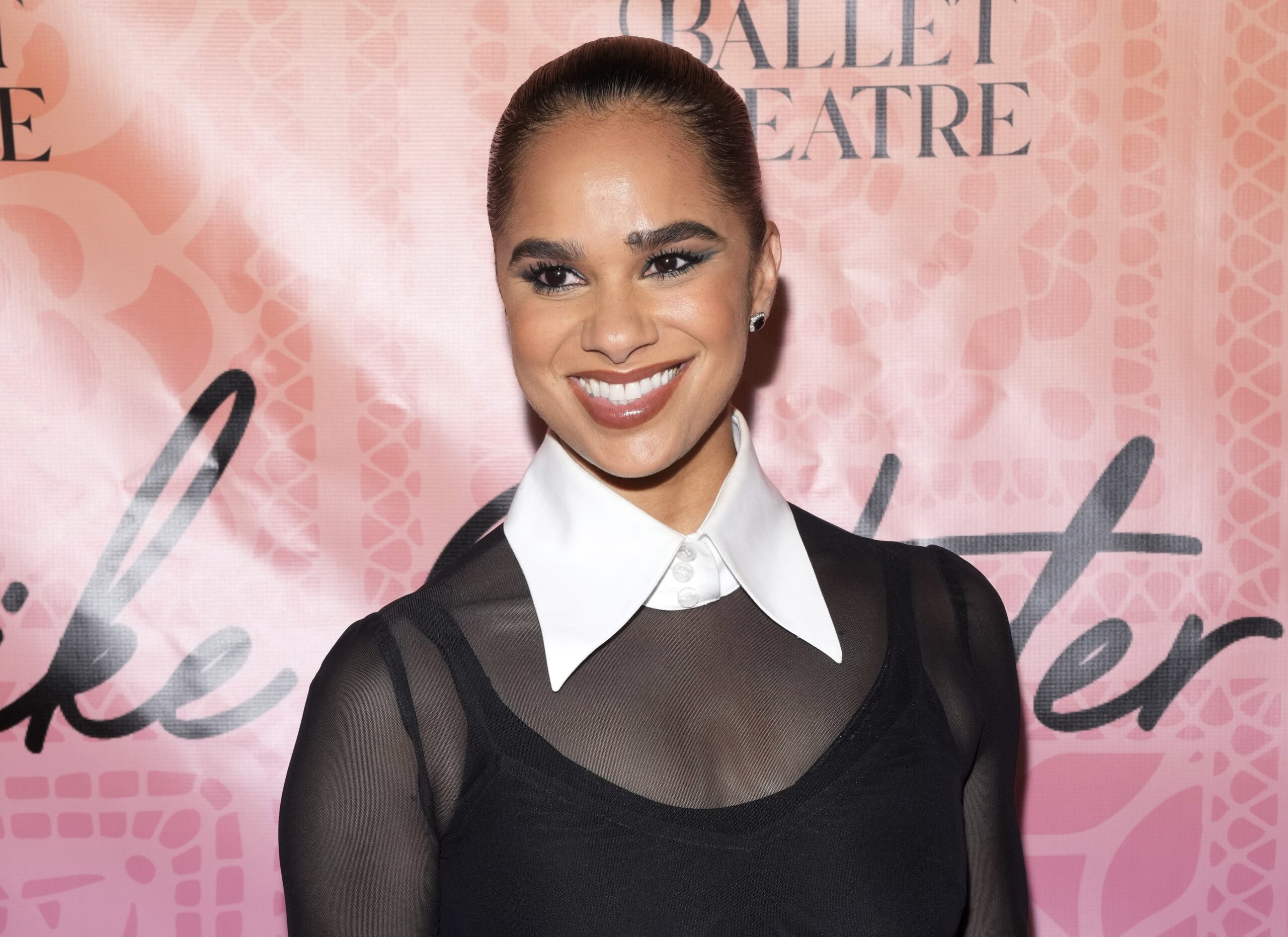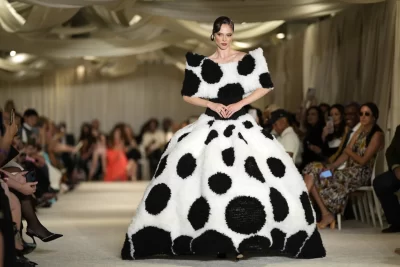
FILE - Misty Copeland attends the American Ballet Theatre June gala and premiere of "Like Water for Chocolate" in New York on June 22, 2023. The first Black woman to be promoted to principal dancer for the American Ballet Theatre in 2015, Copeland says she never takes that opportunity for granted. Her recent work includes being co-founder and designer of a new athletic wear brand, the role of interviewer on a new show called “PBS Arts Talk,” and starting a petition to get more inclusive dance emojis. (Photo by Charles Sykes/Invision/AP, File)
Misty Copeland has her hands (and feet!) in many different projects simultaneously, but all are motivated by her passion to use her platform to promote diversity in all the spaces she inhabits.
The first Black woman to be promoted to principal dancer for the American Ballet Theatre in 2015, Copeland says she never takes that opportunity for granted. Beyond performing, she says she feels a responsibility to show the importance of representation, and work on projects that are an extension of who she is as a dancer.
Her influence has transcended the stage to author, head of her own production company and charitable foundation, and now co-founder and designer of a new athletic wear brand, Greatness Wins, that focuses on clothing for women of all ages and body types.
Copeland also likes to try new things that scare her so she’s taken on the role of interviewer on a new show called “PBS Arts Talk,” where she recently interviewed painter Nathaniel Mary Quinn and dancer and choreographer Twlya Tharp.
Copeland spoke with The Associated Press about her new focus, fighting for more inclusive emojis, and staying in shape.
AP: You know Tharp personally so what was it like being on the other side and interviewing her?
COPELAND: Twyla it ended up being more nerve wracking once I got into it with her because — I mean, I should have known — I’ve been working with her since I was 6 years old. I’m 41 now— she’s a ball buster. She wants to push the boundaries and it didn’t matter what question I asked her, she was going to push me (laughs) in every way.
But also, we’ve had an amazing relationship and she’s been a mentor to me my whole career. I was nervous being on this side of things. And, you know, whenever we would cut, she would just say, “Misty, just be you. You’ve done so much, there’s nothing you have to prove. Let’s just talk.”
AP: Quinn has a compelling personal story that he brings into his art. How did that inform your artistry to talk to him?
COPELAND: It was so emotional just hearing his story and the way that he tells it. And to see it so vividly reflected in his work is inspiring as an artist. I asked him about what it was to be a Black artist and has it been a struggle and he just looks at things in a very different lens, at least from what my experience has been as a Black artist. And I think those two different stories are so important to tell. He kind of uses these things that he’s gone through as a launching pad. And he’s like “I’m an artist. I make work that I hope will speak to all people. Of course I’m thinking about my community, but it’s for everyone.”
AP: You executive produced a new documentary called “LIFT” about a program that helps kids experiencing housing insecurity find ways to express themselves through dance. Why was that important to you?
COPELAND: It follows a handful of young people and really watching how LIFT has provided tools to be better human beings to evolve and to kind of make choices in a positive way. But it’s just showing the power of the arts. That to me is like the grand scheme theme is that art saves lives, and dance and ballet can be inclusive. It’s about who’s teaching it. It’s about getting rid of all of the trauma and things you’ve dealt with and coming into the room and bringing ballet at its core to these young people. It’s just a beautiful documentary.




